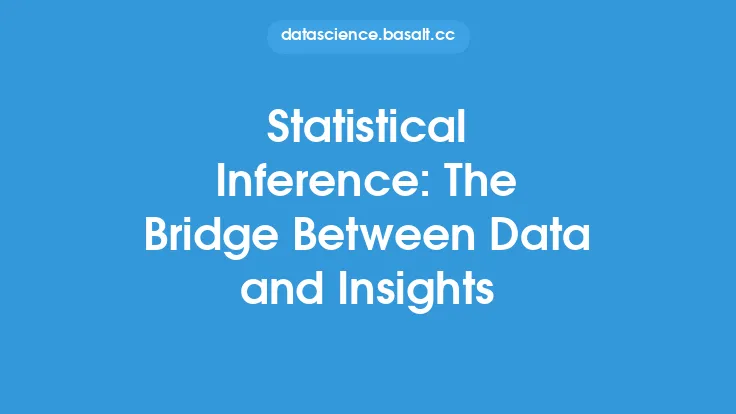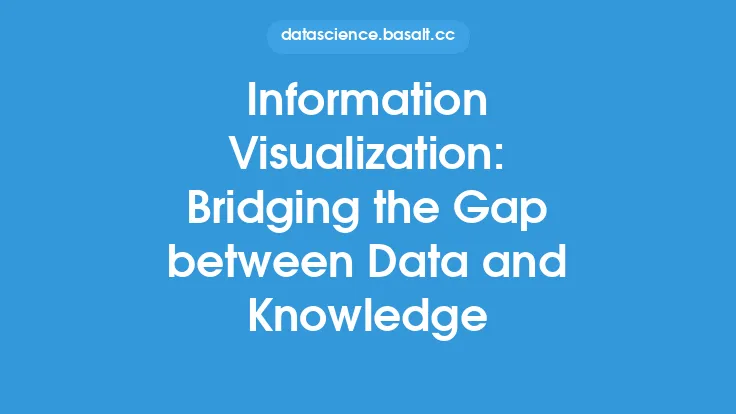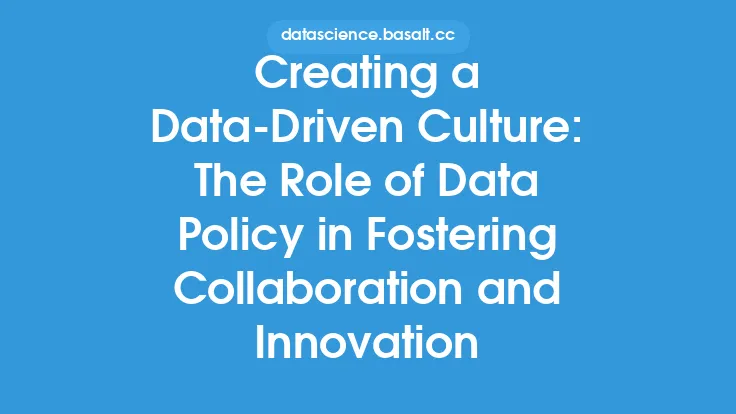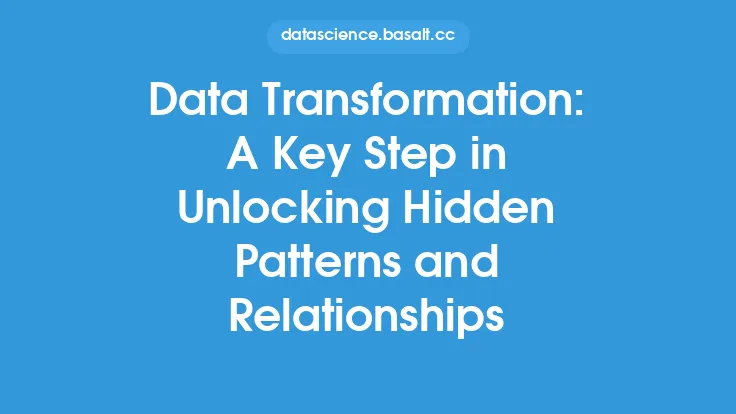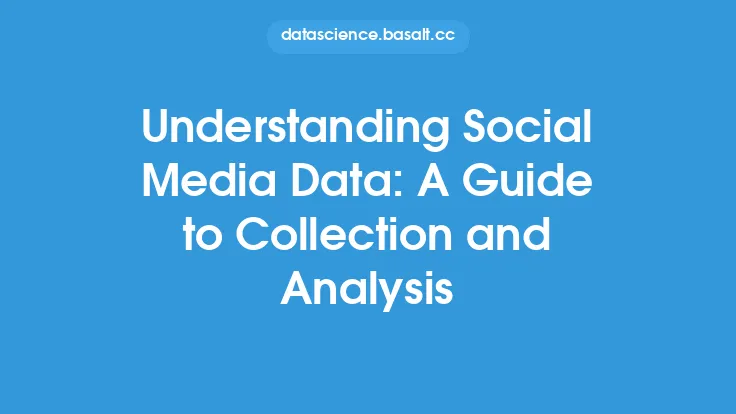Data transformation is a critical process in the data mining lifecycle, serving as the bridge between data collection and insights. It involves converting raw data into a suitable format for analysis, enabling organizations to extract valuable insights and make informed decisions. The transformation process is essential because raw data is often incomplete, inconsistent, and lacking in relevance, making it difficult to analyze and draw meaningful conclusions.
Introduction to Data Transformation Concepts
Data transformation concepts are rooted in the idea of taking raw data and converting it into a more usable and meaningful format. This process involves a series of steps, including data cleaning, data integration, data transformation, and data reduction. Data cleaning is the process of identifying and correcting errors, inconsistencies, and inaccuracies in the data. Data integration involves combining data from multiple sources into a single, unified view. Data transformation involves converting data from one format to another, such as aggregating data or converting data types. Data reduction involves selecting and representing the most relevant data to facilitate analysis.
Data Transformation Techniques
There are several data transformation techniques used to convert raw data into a more usable format. These techniques include aggregation, which involves combining multiple values into a single value, such as calculating the average or sum of a set of numbers. Normalization is another technique, which involves scaling numeric data to a common range, such as between 0 and 1, to prevent differences in scales from affecting analysis. Feature scaling is similar to normalization but involves scaling data to a specific range, such as between -1 and 1. Data transformation also involves handling missing values, which can be done through imputation, where missing values are replaced with estimated values, or through deletion, where rows or columns with missing values are removed.
Data Transformation Tools and Technologies
Several data transformation tools and technologies are available to support the transformation process. These include data integration platforms, such as ETL (Extract, Transform, Load) tools, which provide a structured approach to data transformation. Data transformation languages, such as SQL and Python, are also used to perform data transformation tasks. Additionally, data transformation frameworks, such as Apache Beam and Apache Spark, provide a scalable and flexible way to perform data transformation tasks. These tools and technologies enable organizations to efficiently and effectively transform large volumes of data, making it possible to extract insights and make informed decisions.
Data Transformation Best Practices
To ensure effective data transformation, several best practices should be followed. These include defining clear transformation requirements, which involves understanding the business needs and defining the transformation rules. Data quality should also be ensured, which involves checking for errors, inconsistencies, and inaccuracies in the data. Data transformation should be automated, where possible, to reduce manual errors and improve efficiency. Additionally, data transformation should be scalable, to handle large volumes of data, and flexible, to adapt to changing business needs. By following these best practices, organizations can ensure that their data transformation process is efficient, effective, and scalable.
Data Transformation Challenges and Limitations
Despite the importance of data transformation, several challenges and limitations exist. These include data quality issues, which can affect the accuracy and reliability of the transformation process. Data complexity is another challenge, which involves dealing with large volumes of data from multiple sources. Data transformation can also be time-consuming and resource-intensive, requiring significant computational resources and expertise. Additionally, data transformation can be prone to errors, which can affect the accuracy and reliability of the insights extracted. To overcome these challenges, organizations should invest in data quality initiatives, develop scalable and flexible transformation processes, and provide ongoing training and support to their data transformation teams.
Real-World Applications of Data Transformation
Data transformation has numerous real-world applications, including business intelligence, where it is used to extract insights from large volumes of data. Data transformation is also used in data science, where it is used to prepare data for machine learning and predictive analytics. Additionally, data transformation is used in data warehousing, where it is used to integrate and transform data from multiple sources into a single, unified view. Data transformation is also used in big data analytics, where it is used to extract insights from large volumes of structured and unstructured data. By applying data transformation techniques and tools, organizations can unlock hidden patterns and relationships in their data, making it possible to make informed decisions and drive business success.
Future of Data Transformation
The future of data transformation is exciting and rapidly evolving. With the increasing use of big data, artificial intelligence, and machine learning, the demand for efficient and effective data transformation processes is growing. New technologies, such as cloud-based data transformation platforms and automated data transformation tools, are emerging to support the transformation process. Additionally, the use of data transformation techniques, such as data virtualization and data lakes, is becoming more prevalent. As data continues to grow in volume, variety, and velocity, the importance of data transformation will only continue to grow, making it a critical component of any data-driven organization. By investing in data transformation initiatives and staying up-to-date with the latest trends and technologies, organizations can unlock the full potential of their data and drive business success.
